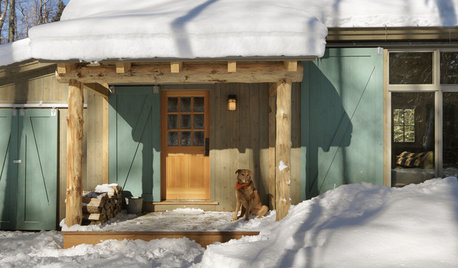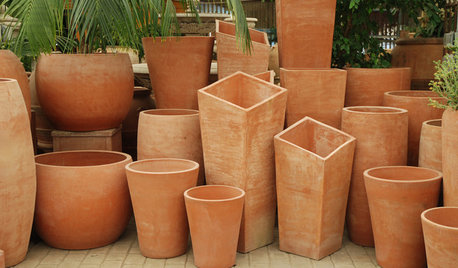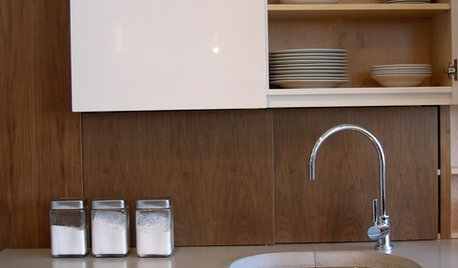Is ice pack gel safe to compost?
glindler
8 years ago
Featured Answer
Sort by:Oldest
Comments (20)
nancyjane_gardener
8 years agogrubby_AZ Tucson Z9
8 years agolast modified: 8 years agoRelated Professionals
Saint Louis Park Landscape Architects & Landscape Designers · Choctaw Landscape Contractors · Ellensburg Landscape Contractors · Lemoore Landscape Contractors · Long Beach Landscape Contractors · Mahwah Landscape Contractors · Secaucus Landscape Contractors · Fredericksburg Decks, Patios & Outdoor Enclosures · Alvin Decks, Patios & Outdoor Enclosures · Ashburn Decks, Patios & Outdoor Enclosures · Fishers Decks, Patios & Outdoor Enclosures · Harrisburg Decks, Patios & Outdoor Enclosures · Schaumburg Decks, Patios & Outdoor Enclosures · Southampton Decks, Patios & Outdoor Enclosures · Watauga Decks, Patios & Outdoor Enclosurestoxcrusadr
8 years agonancyjane_gardener
8 years agoAlison Hayward
8 years agotoxcrusadr
8 years agop2756v
6 years agolazy_gardens
6 years agop2756v
6 years agolazy_gardens
6 years agotoxcrusadr
6 years agoGeorge Spector
4 years agoRichard Brennan
4 years agoJonathan Trevatt
3 years agolast modified: 3 years agotoxcrusadr
3 years agolast modified: 3 years agoChad O'Design
3 years agoDavid David
3 years agoirene_bollerman
2 years agolast modified: 2 years agotoxcrusadr
2 years ago
Related Stories

KITCHEN DESIGN16 Practical Ideas to Borrow From Professional Kitchens
Restaurant kitchens are designed to function efficiently and safely. Why not adopt some of their tricks in your own home?
Full Story
RUSTIC STYLE10 Cabin Rental Basics for City Slickers
Stay warm, dry and safe while you’re enjoying winter cabin life with this valuable advice
Full Story
PETSPet-Proofing Your Home: A Room-by-Room Guide
Not all pet dangers are obvious. Keep furry friends safe and sound by handling all of these potential hazards
Full Story
CONTAINER GARDENSBeat the Frost With Natural Terra-Cotta Containers
Here's how to protect your pots during the cold winter months
Full Story
MOVINGThe All-in-One-Place Guide to Selling Your Home and Moving
Stay organized with this advice on what to do when you change homes
Full Story
KITCHEN WORKBOOK8 Kitchen Amenities You'll Really Wish You Had
Keep kitchen mayhem and muck to a minimum with these terrific organizers and other time-saving, mess-preventing features
Full Story
FEEL-GOOD HOME21 Ways to Waste Less at Home
Whether it's herbs rotting in the fridge or clothes that never get worn, most of us waste too much. Here are ways to make a change
Full Story
HOUSEKEEPINGHow to Clean Your Range and Oven
Experts serve up advice on caring for these kitchen appliances, which work extra hard during the holidays
Full Story
LIFE10 Beautifully Simple Ways to Go Greener in the New Year
You may just find more green in your wallet along the way
Full Story
SUMMER GARDENINGHow to Grow Basil
Bright color, quick growth and endless uses for cooking make this summer annual a winner in the garden or a pot
Full StoryMore Discussions







p2756v